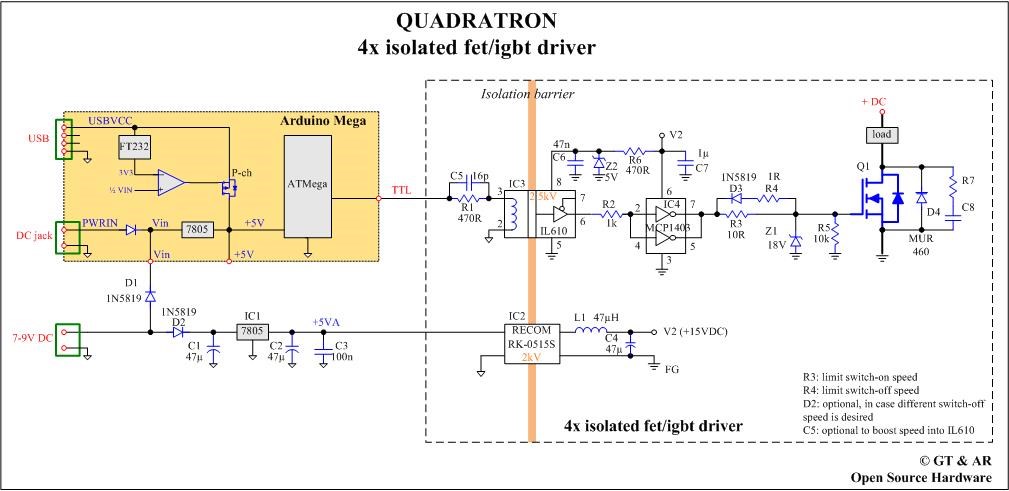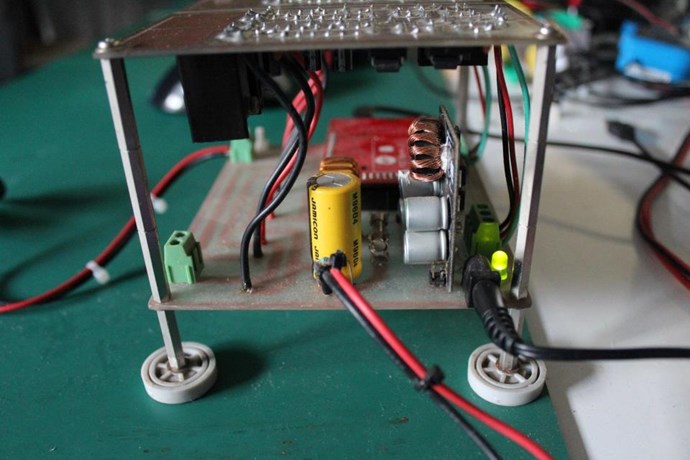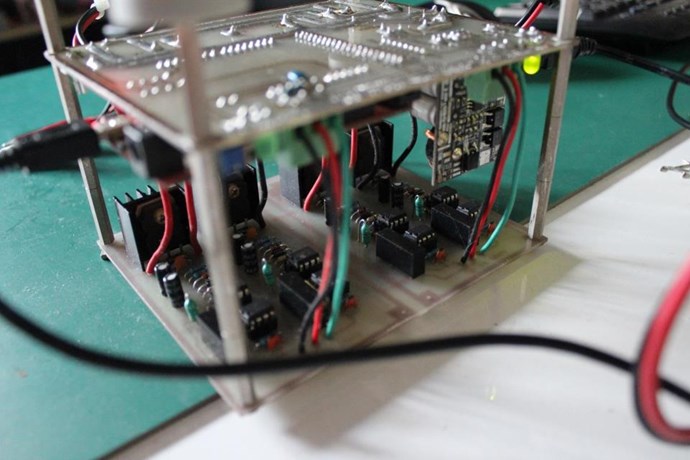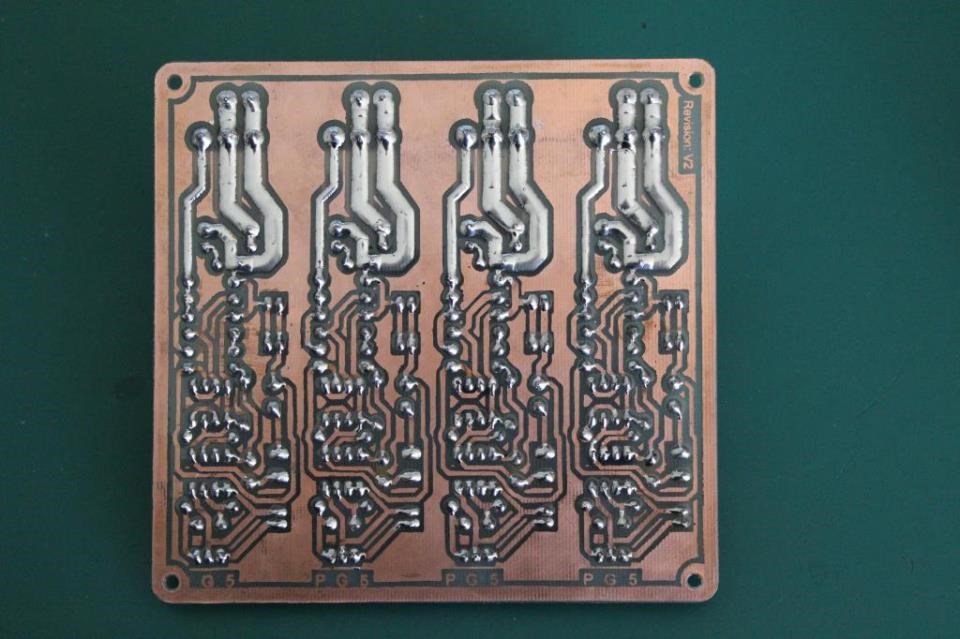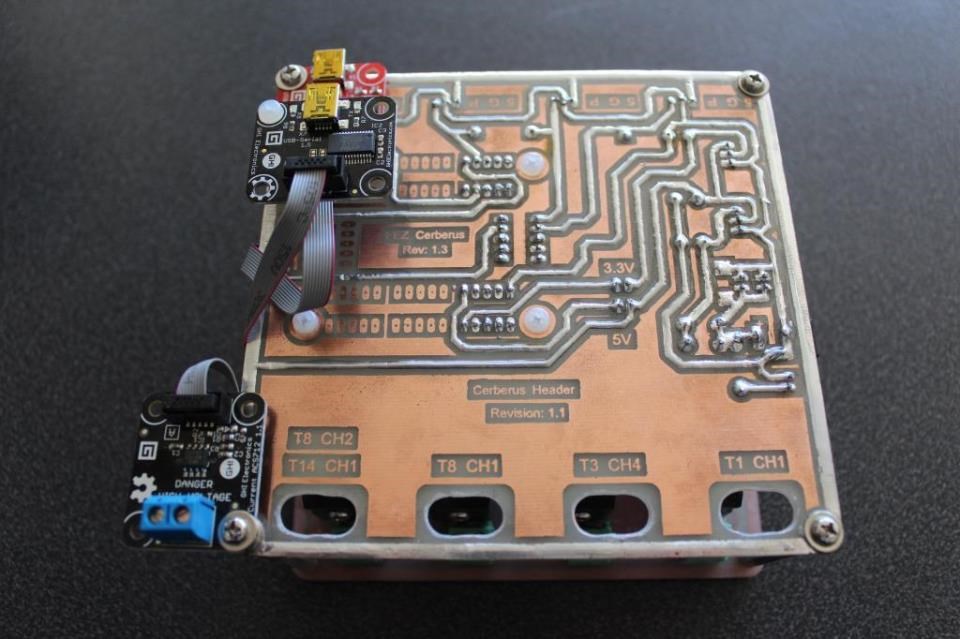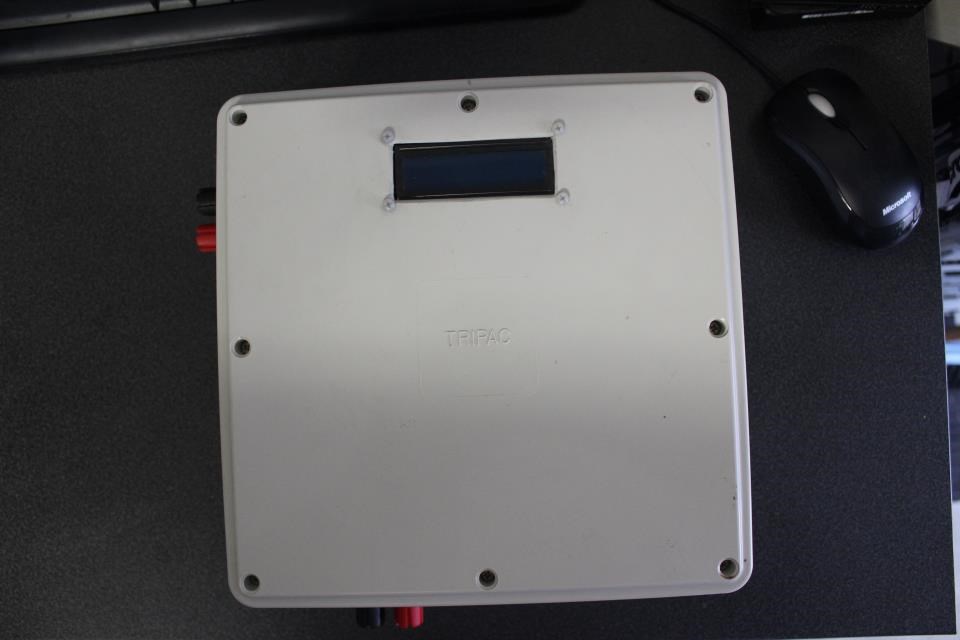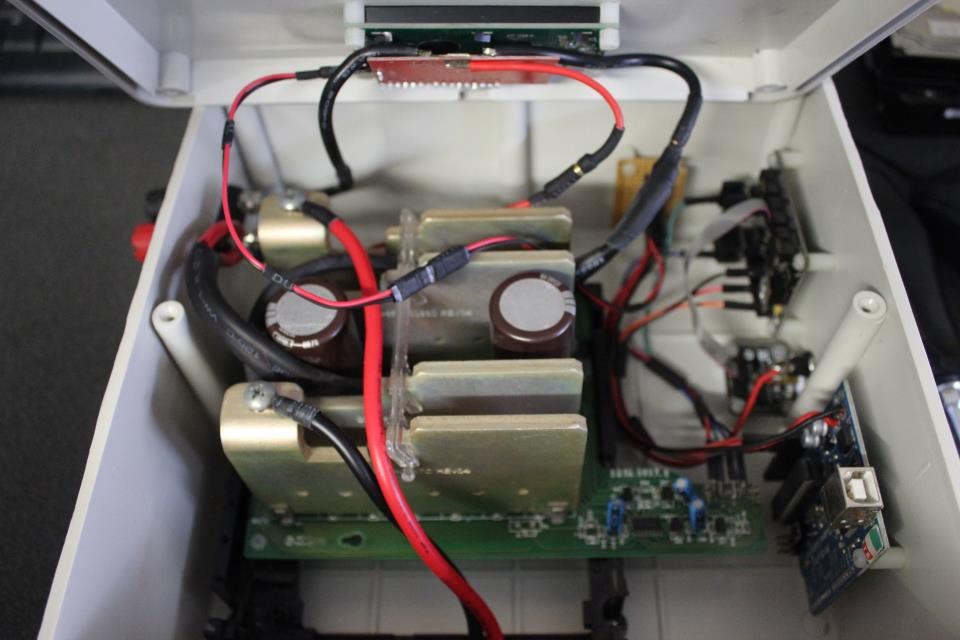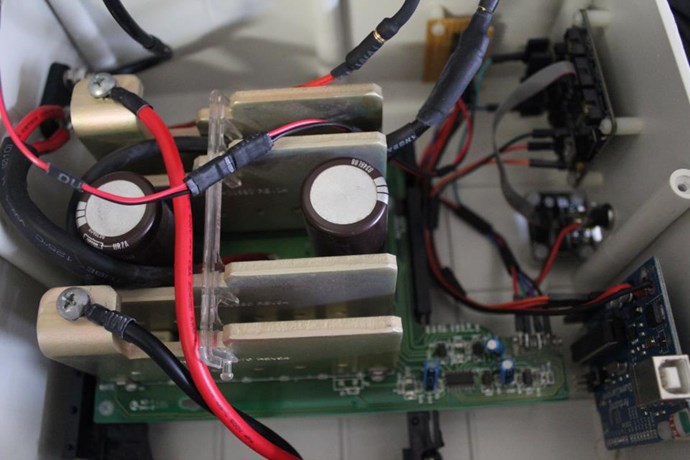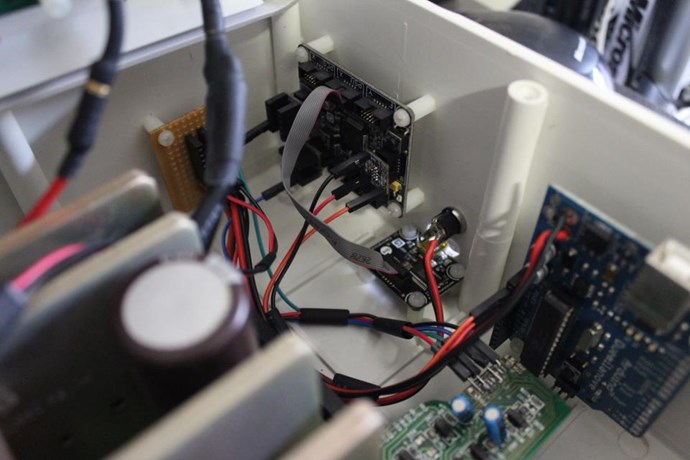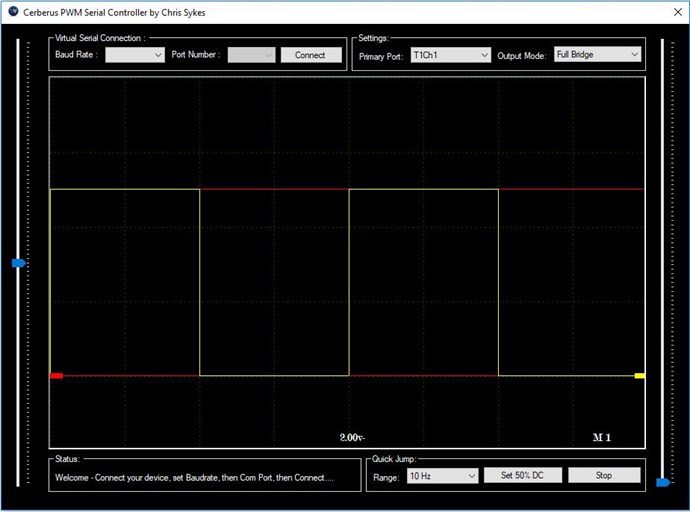Long story shorter: I replaced the 1N5822 with the 1N5819 and the channel started working! Perhaps the incorrect reversed Zener (that was fixed) created a situation where one of the 1N5822's became damaged, so the new 1N5819 resolved something.
I knew it was working when I heard the metglas cores clink together. The DC power supply was set to 3V However, the current on the power supply was high.. like 4A so I shut down the PS to check a few things. I was switching on the high side of the inductive load FYI. The MOSFET I was using had an Rds of 65mΩ.
Before I use both POC's I wanted to see if I could make a transformer first so I put one of the 1N5822's on one of the POC's and connected a 40W lightbulb (too high a rating?). Making slight changes to frequency and duty cycle had a big difference on the current being drawn, very sensitive. I wasn't able to see any light glowing as a swept across frequency with a 50% duty cycle. I tried both POC's with a diode in both directions and still didn't see any light.
Full disclosure, I then accidentally damaged the C3M0065090D due to negligence. I had shorted one of the POC's and was trying to measure across a 1Ω resistor...

Yes. Stupid.
Since I will need another channel, I built another one this time using an IRPF460 which has an Rds of 270mΩ.

That channel is less touchy so I put the IRPF460 on the first channel (which now doesn't work again). I'm going to change some parts out later but that's my fault. The circuit (second channel) does work.
The main contributing reason (besides negligence) of why I think I blew a channel is because I still can't see what's going on using the scope.
I wanted to start this post by saying I made progress. I expect to still need to spend time getting to the point where I can light a light as a transformer. Troubleshooting that probably doesn't belong here.
When you say ground lift plug, do you mean these?

Is this an example of how I would connect the Ground of an unused channel to the lift plug? I will try this later too.

Overall I'm extremely grateful for your thoughtful comments and that I got something to work, but understand that I need to re-read your latest troubleshooting steps when I'm on the bench. There's more to learn from those comments.
I did end up connecting the Honda Generator. The circuit still worked and I did see less noise when probing... but I'm still not doing something right if I can't see the signal coming out of the MCP1403 of a working device
I'm almost to the point where I can start to spend time tuning the device itself. You can expect those questions to go in their relevant post by topic.
